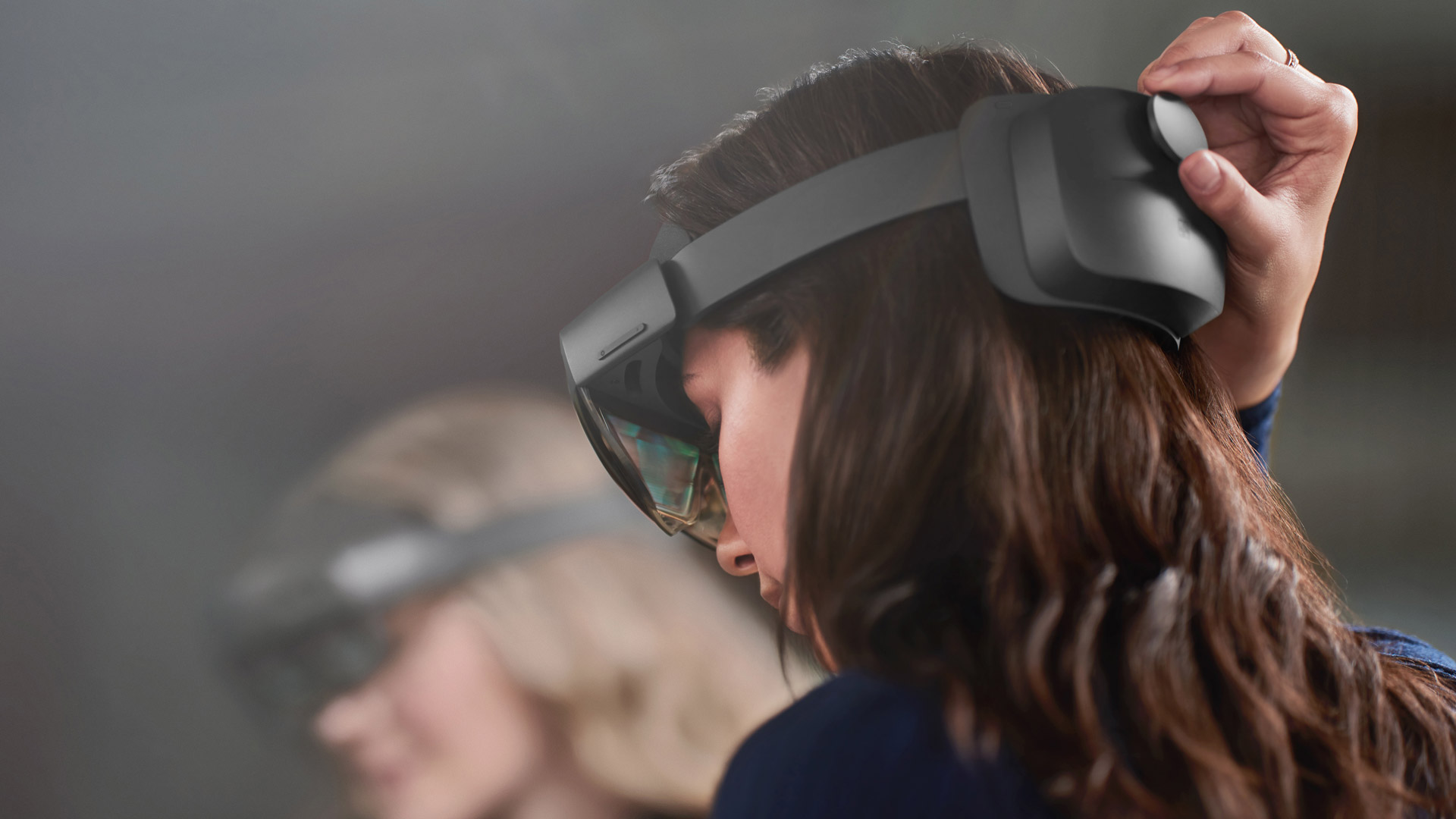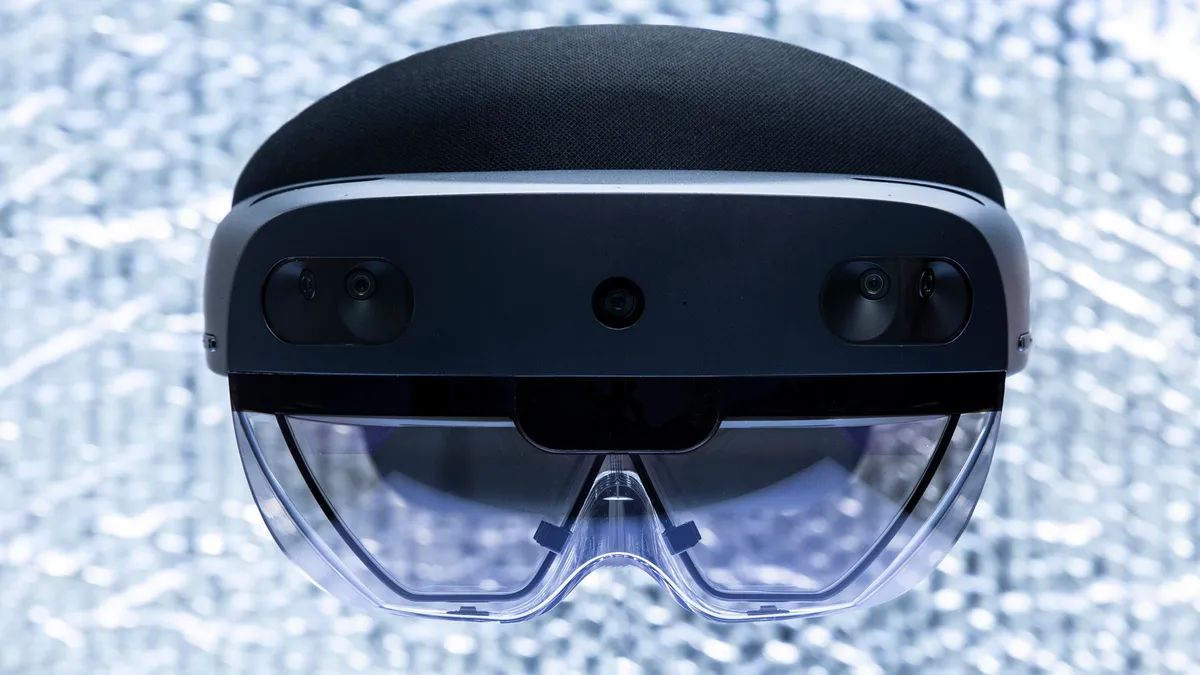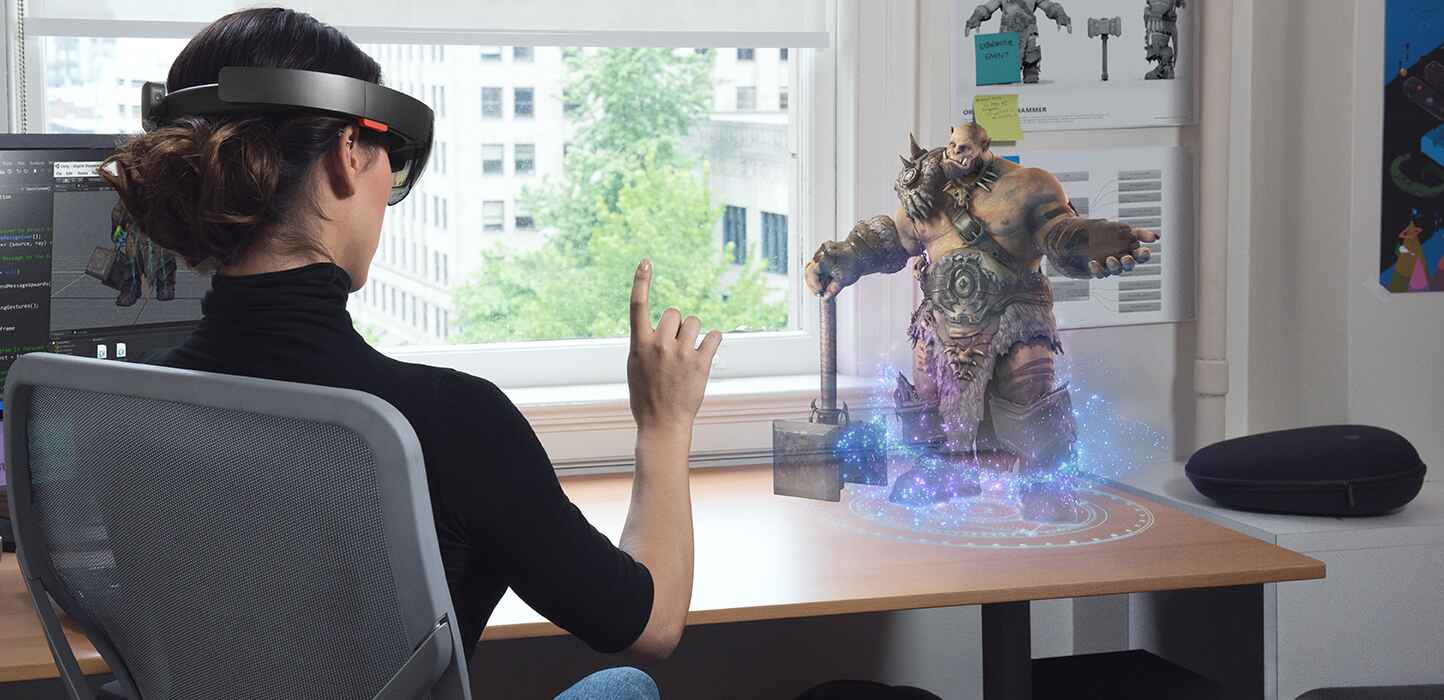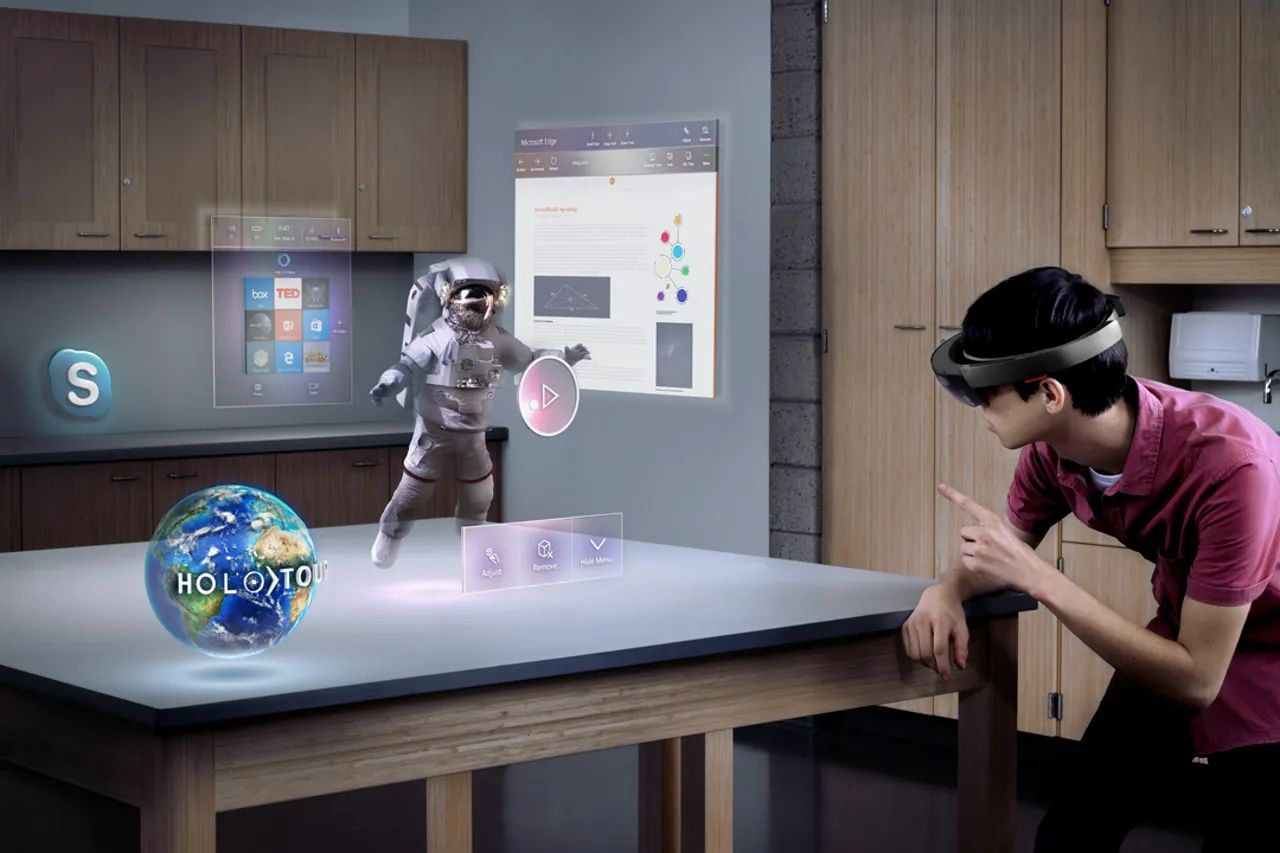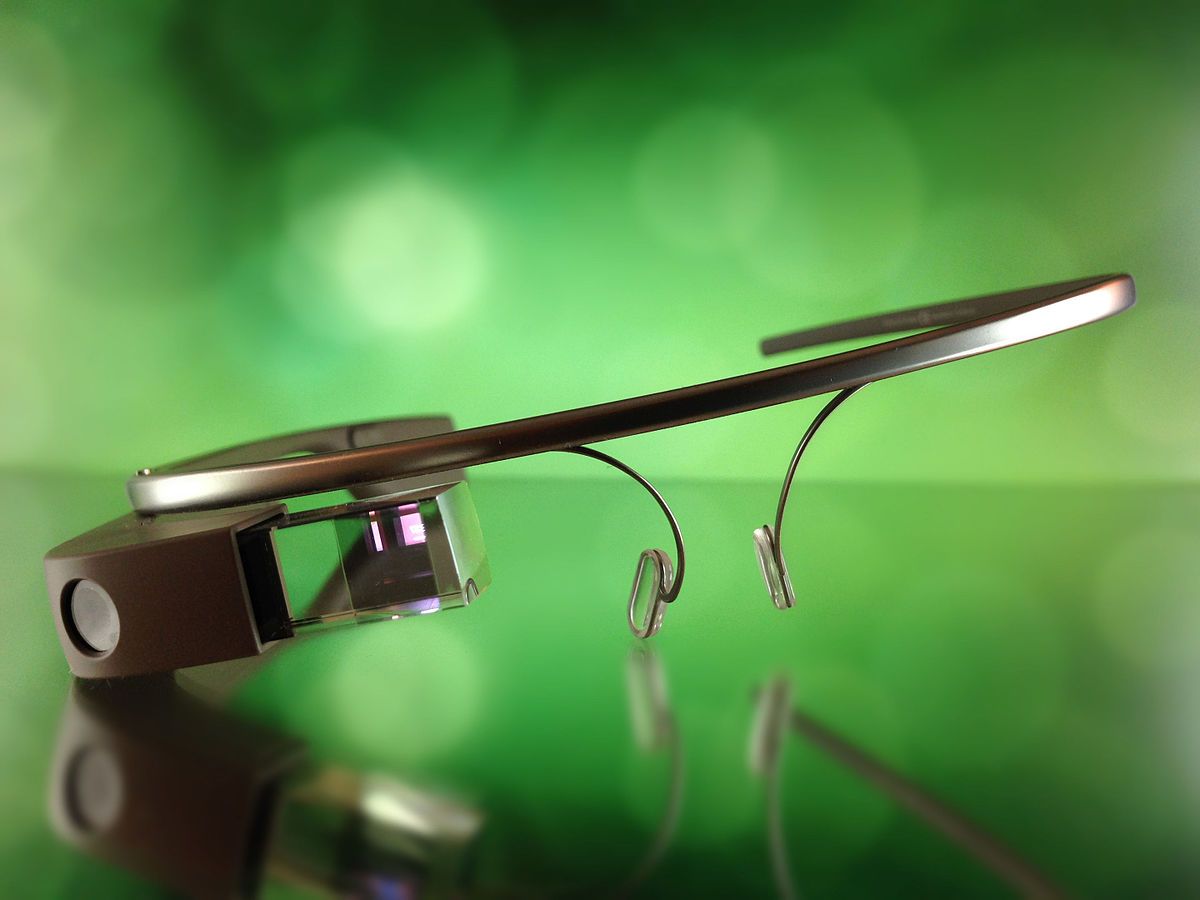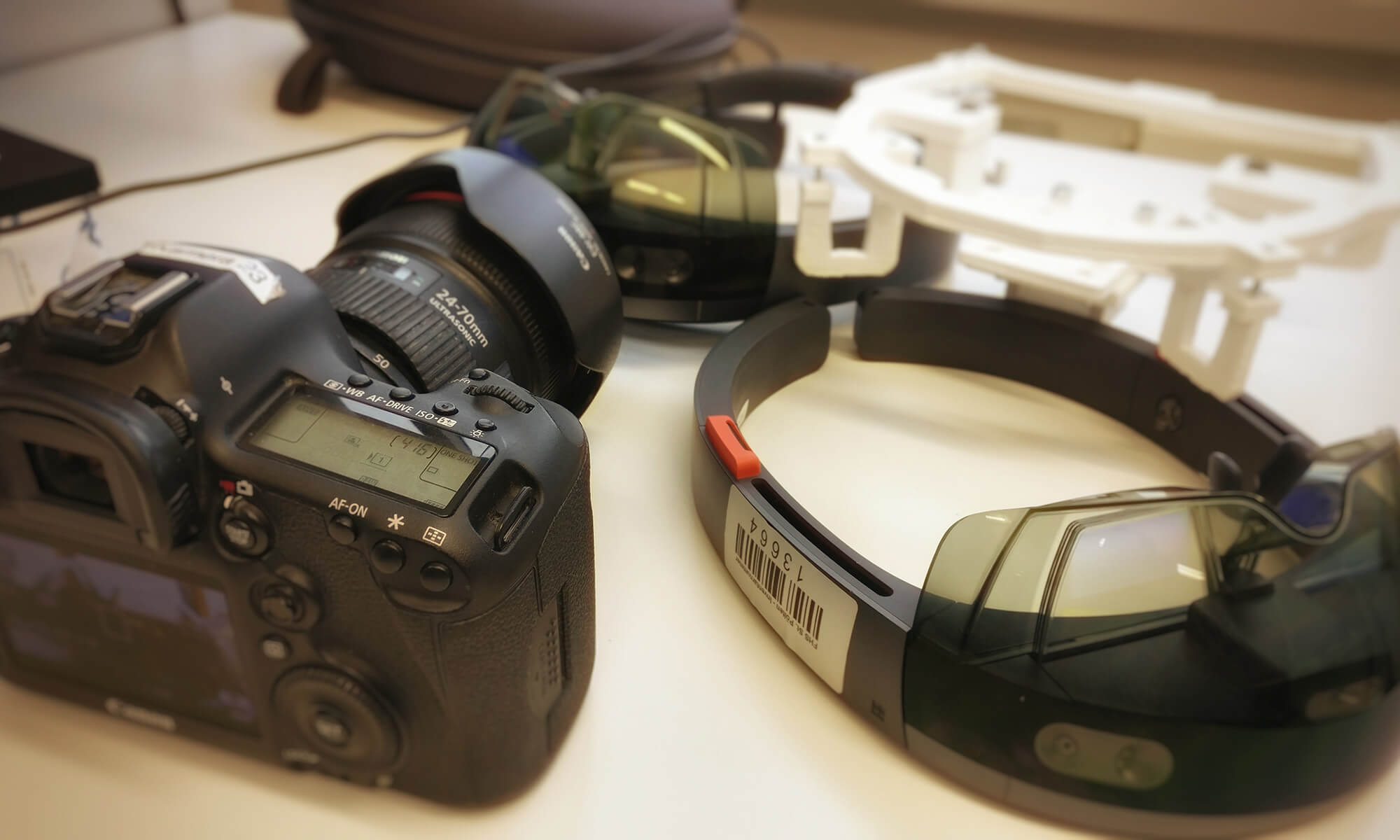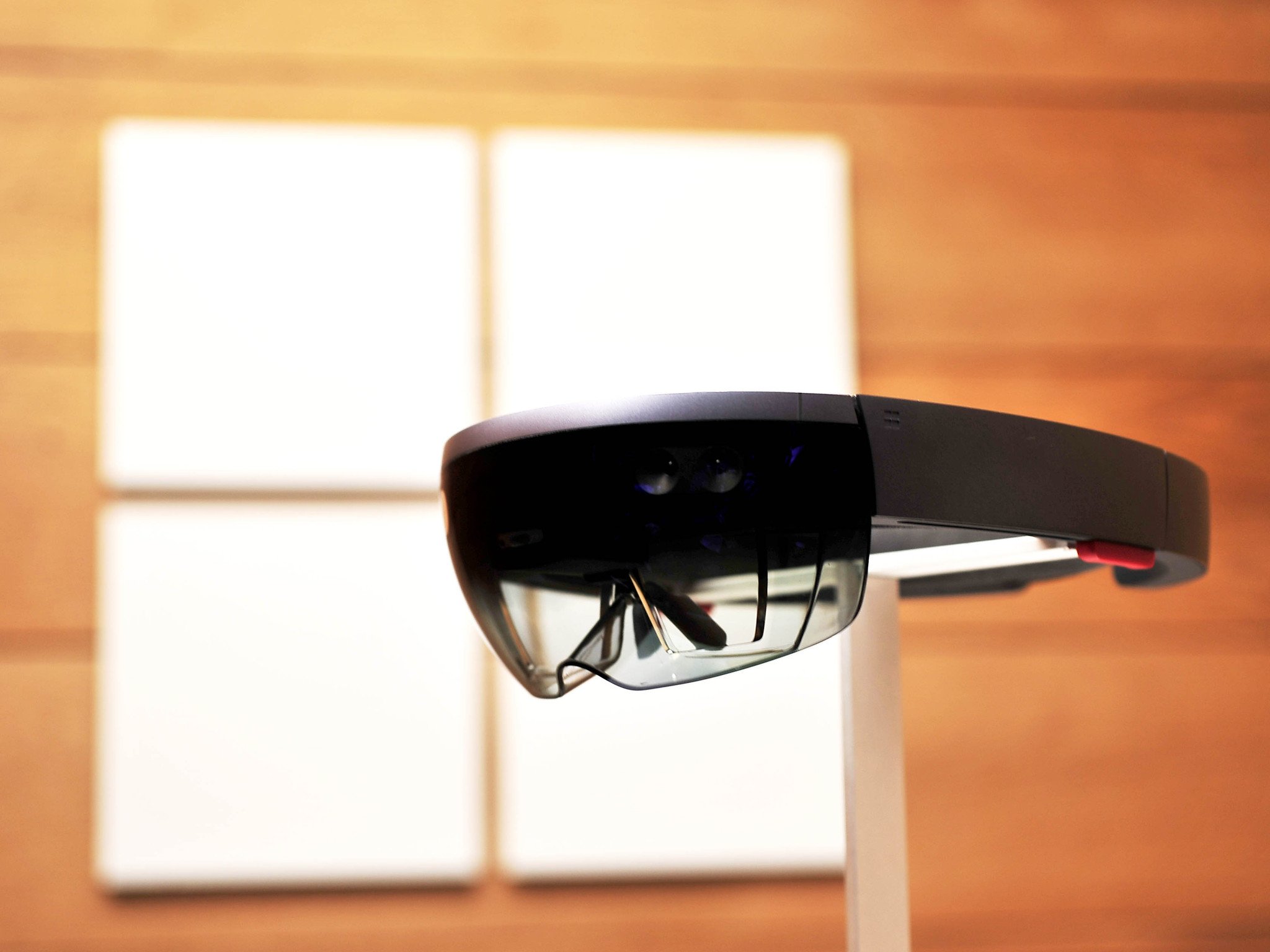Introduction
HoloLens is a groundbreaking mixed reality headset developed by Microsoft, enabling users to experience a blend of virtual and augmented reality. With its immersive capabilities, HoloLens has revolutionized various industries, including gaming, education, healthcare, and engineering. One of the key factors that contribute to the overall experience of HoloLens is its resolution.
Resolution refers to the clarity and sharpness of the display. It determines the level of detail and realism that users perceive when interacting with virtual objects and environments. The higher the resolution, the more lifelike and immersive the experience becomes.
HoloLens features a resolution of 1268 x 720 pixels per eye, resulting in a combined resolution of 2536 x 720 pixels. While this may seem lower compared to high-end virtual reality headsets like the Oculus Rift or HTC Vive, it is important to consider the unique nature of HoloLens and its mixed reality capabilities.
Unlike traditional virtual reality headsets, which completely immerse the user in a virtual environment, HoloLens overlays digital content onto the real world. This means that users can still see and interact with their real surroundings while virtual objects are seamlessly integrated into their field of view. As a result, the resolution of HoloLens needs to strike the right balance between clarity and transparency.
In the next sections, we will explore the comparison between HoloLens resolution and other display technologies, its impact on virtual reality experiences, real-world applications, limitations, and the potential for future improvements in resolution technology for HoloLens models.
What is the resolution of HoloLens?
The resolution of HoloLens refers to the number of pixels that make up the display, determining the level of detail and clarity of the virtual and augmented content seen by the user. HoloLens features a resolution of 1268 x 720 pixels per eye, resulting in a combined resolution of 2536 x 720 pixels.
While this resolution may seem relatively low compared to high-end virtual reality headsets, it is important to consider the specific requirements of the HoloLens mixed reality experience. Unlike virtual reality headsets that completely immerse users in digital environments, HoloLens overlays virtual content onto the real world, allowing users to see and interact with their surroundings simultaneously.
This unique approach ensures that users maintain awareness of their physical environment while interacting with virtual objects. The resolution of the HoloLens display strikes a balance between clarity and transparency, allowing users to seamlessly integrate the virtual content into their field of view without compromising the quality of their real-world perception.
By distributing the available resolution between the virtual and real environments, HoloLens optimizes the user experience and allows for a more immersive and realistic mixed reality experience. This resolution enables HoloLens to render detailed and lifelike virtual objects that appear seamlessly integrated into the real world, enhancing the sense of presence and interaction.
The resolution of HoloLens ensures that text, images, and 3D models appear sharp and clear, facilitating a seamless blending of the virtual and real worlds. While the resolution may not match the ultra-high resolutions of other virtual reality headsets, it meets the specific requirements of the mixed reality experience and provides an exceptional level of immersion and interaction.
Next, we will explore how the resolution of HoloLens compares to other display technologies and the impact it has on virtual reality experiences.
How does the resolution of HoloLens compare to other display technologies?
When comparing the resolution of HoloLens to other display technologies, it is important to consider the different requirements and applications of each device. HoloLens, with its mixed reality capabilities, focuses on overlaying virtual content onto the real world, while virtual reality headsets fully immerse users in virtual environments.
In terms of resolution, HoloLens features a resolution of 1268 x 720 pixels per eye, resulting in a combined resolution of 2536 x 720 pixels. While this may seem lower when compared directly to high-end virtual reality headsets like the Oculus Rift or HTC Vive, the purpose of HoloLens is different. Its primary goal is to deliver a seamless integration of virtual content with the real world, rather than providing a fully immersive virtual environment.
Virtual reality headsets like the Oculus Rift and HTC Vive typically have higher resolutions, often exceeding 1080 x 1200 pixels per eye, resulting in a more detailed and immersive virtual experience. These higher resolutions are beneficial for creating highly realistic and visually stunning virtual environments, allowing users to feel completely transported to a different world.
However, it’s important to note that HoloLens focuses on mixed reality, where users can still see and interact with their real surroundings. Thus, the resolution needs to balance the clarity of virtual content while maintaining transparent access to the real world. HoloLens achieves this by distributing the available resolution between the virtual overlay and the real environment.
While HoloLens may have a lower resolution compared to high-end virtual reality headsets, the technology behind its mixed reality display is designed to provide users with a unique and immersive experience that seamlessly blends the virtual and real worlds. With HoloLens, the emphasis is not solely on high-resolution graphics, but rather on the interaction between virtual objects and the real environment.
In summary, while the resolution of HoloLens may not match the high standards set by virtual reality headsets, its purpose and capabilities differ. HoloLens strikes a balance between clarity and transparency, enabling users to see and interact with virtual objects while maintaining awareness of their physical surroundings.
In the next section, we will delve into the impact of resolution on virtual reality experiences and how it affects the overall immersion and visual fidelity.
The impact of resolution on virtual reality experiences
The resolution of a virtual reality headset plays a crucial role in shaping the overall experience for users. It directly affects the level of immersion, visual fidelity, and the realism of virtual environments and objects.
A higher resolution allows for a greater level of detail and sharpness, resulting in more realistic and lifelike visuals. This means that users can perceive fine textures, intricate details, and subtle nuances, enhancing their sense of presence and immersion in the virtual world.
On the other hand, a lower resolution can lead to pixelation, blurry visuals, and reduced clarity, which can diminish the overall experience. It can be particularly noticeable when reading text, interacting with detailed objects, or viewing objects at a distance.
The impact of resolution on virtual reality experiences extends beyond visual quality. It also plays a role in reducing eye strain and fatigue. Higher resolution displays minimize the screen-door effect, where users can see the gaps between pixels, which can lead to visual discomfort and strain.
In virtual reality, users have the freedom to explore and interact with 3D environments from different angles and perspectives. With a higher resolution, the depth and dimensionality of virtual objects are enhanced, providing a more convincing and engaging experience.
However, it is important to note that resolution is just one aspect of creating realistic virtual environments. Factors such as field of view, refresh rate, and tracking accuracy also contribute to the overall immersion and quality of the experience.
In the context of HoloLens, despite having a lower resolution compared to some high-end virtual reality headsets, the unique mixed reality capabilities allow for a different kind of experience. The overlay of virtual content onto the real world creates a seamless integration that can compensate for any perceived limitations in resolution.
Considering all these factors, while resolution plays a significant role in shaping the virtual reality experience, it should be viewed in conjunction with other aspects of the headset’s technology and user interaction. Higher resolutions undoubtedly enhance the visual fidelity, but the overall experience is a combination of multiple factors working together.
In the upcoming sections, we will explore the real-world applications and limitations of HoloLens resolution and discuss potential improvements that can be made in future iterations.
Real-world applications and limitations of HoloLens resolution
The resolution of HoloLens, while optimized for mixed reality experiences, presents both real-world applications and limitations. By understanding these factors, we can better assess the potential of HoloLens in various industries.
In the field of healthcare, HoloLens offers innovative solutions, such as enabling surgeons to visualize patient data and medical imaging in real-time during surgeries. The resolution of HoloLens allows medical professionals to view detailed visualizations overlaying patient anatomy, enhancing surgical precision and efficiency. Similarly, in architecture and engineering, HoloLens can provide architects and engineers with interactive 3D models, allowing them to visualize designs in real-world environments. The resolution of HoloLens ensures that these complex models are displayed with sufficient detail, aiding decision-making and improving collaboration.
However, the limitations of the HoloLens resolution can become apparent in scenarios where fine detail or small text is crucial. For example, in industries such as graphics design or video editing, where precise color correction or detailed edits are required, the lower resolution of HoloLens may limit the ability to discern subtle details accurately. The limited resolution can also impact user experience in virtual simulations or gaming, where users may desire highly detailed virtual environments that require a higher level of graphical fidelity.
Another limitation arises in scenarios involving long-distance viewing, where the lower resolution of HoloLens may result in objects appearing pixelated or lacking clarity when viewing from a distance. For applications like virtual teleconferencing or remote collaboration, where participants need to view detailed visual content or read text, this limitation may hinder the effectiveness of communication.
Despite these limitations, it is important to note that the resolution of HoloLens is optimized for its mixed reality capabilities. The focus of HoloLens is not solely on providing the highest resolution possible, but rather on creating a seamless integration of the virtual and real worlds. By striking the right balance between clarity and transparency, HoloLens ensures that users can interact with virtual content while maintaining awareness of their physical surroundings.
As technology continues to advance, future iterations of HoloLens may overcome some of these limitations by improving the resolution and graphical fidelity. With advancements in display technology, higher resolution headsets may become available, providing even more immersive and visually stunning experiences. It will be exciting to see how future models of HoloLens address these limitations and enhance the overall user experience.
In the next section, we will discuss potential improvements in resolution technology for future HoloLens models and the possibilities they may unlock.
Improvements in resolution technology for future HoloLens models
As technology continues to advance, there is great potential for future HoloLens models to incorporate improvements in resolution technology. These advancements could push the boundaries of mixed reality experiences and enhance the visual fidelity of HoloLens even further.
One area of improvement lies in the development of higher resolution displays. Display manufacturers are constantly striving to increase pixel density, leading to sharper, more detailed visuals. Higher resolution displays, such as 4K or even 8K, could be integrated into future HoloLens models, allowing for more precise rendering of virtual objects and environments.
Advancements in display technology also include improvements in pixel arrangement, such as micro-LED or OLED displays. These technologies can offer higher contrast ratios, deeper blacks, and improved color accuracy, resulting in more lifelike and vibrant visuals. These enhancements can further enhance the immersive experience of HoloLens.
Additionally, the advancement of eye-tracking technology can play a crucial role in improving resolution utilization. Eye-tracking allows the headset to determine the user’s gaze point, resulting in a technique called foveated rendering. By rendering the highest level of detail only at the user’s focal point and reducing the level of detail in peripheral areas, the processing power can be more efficiently allocated, resulting in a better usage of the available resolution.
Another aspect for potential improvement is the field of view (FOV) of the HoloLens. While the resolution determines the level of detail within the FOV, increasing the FOV itself can provide users with a larger space to appreciate the virtual content. By expanding the field of view, future HoloLens models can offer a more immersive and encompassing mixed reality experience.
Furthermore, advancements in computational power and graphics processing can also contribute to improving the overall visual quality and realism of HoloLens. With more powerful processors and graphics cards, future models can handle higher resolution content with ease, providing smoother interactions and reducing the limitations encountered with current hardware.
It is important to note that while these improvements in resolution technology would enhance the visual experience of HoloLens, they should be balanced alongside other factors such as weight, comfort, and battery life. The overall design and ergonomics of the headset need to be considered to provide a comfortable and user-friendly experience.
With ongoing technological advancements and the increasing demand for mixed reality experiences, it is likely that future HoloLens models will incorporate these improvements in resolution technology. This will result in even more immersive and visually stunning experiences for users, unlocking new possibilities in industries such as gaming, education, healthcare, and more.
Now let’s conclude the article by reflecting on the impact of resolution technology on the future of HoloLens and mixed reality experiences.
Conclusion
HoloLens is a remarkable mixed reality headset that has revolutionized various industries by seamlessly integrating virtual content into the real world. While the resolution of HoloLens may be lower compared to high-end virtual reality headsets, it is optimized for the unique requirements of mixed reality experiences.
The resolution of HoloLens strikes a balance between clarity and transparency, allowing users to interact with virtual objects while maintaining awareness of their physical surroundings. This resolution enables HoloLens to render detailed and lifelike virtual objects, enhancing the immersion and user experience.
When comparing HoloLens to other display technologies, it’s important to consider their different applications and purposes. Virtual reality headsets prioritize complete immersion in a virtual environment, often offering higher resolutions. HoloLens, on the other hand, focuses on overlaying virtual content onto the real world, requiring a different approach to resolution.
The impact of resolution on virtual reality experiences cannot be understated. Higher resolutions result in more detailed and realistic visuals, enhancing immersion and presence. However, resolution is just one aspect of creating realistic virtual environments, and factors such as field of view, refresh rate, and tracking accuracy also play important roles.
Real-world applications of HoloLens, such as in healthcare and engineering, have demonstrated the value of the resolution in enhancing precision and collaboration. However, limitations arise in scenarios where fine detail or long-distance viewing is crucial, which can impact certain industries.
Looking ahead, future HoloLens models have the potential to incorporate advancements in resolution technology. Higher resolution displays, improved pixel arrangements, and eye-tracking technology can further enhance the visual fidelity and utilization of resolution. Additionally, advancements in computational power and field of view can provide users with even more immersive mixed reality experiences.
In conclusion, the resolution of HoloLens is optimized for mixed reality, providing users with a unique and immersive experience that seamlessly blends the virtual and real worlds. While there may be limitations compared to high-end virtual reality headsets, HoloLens offers real-world applications and has the potential for future improvements that will push the boundaries of mixed reality experiences.
As technology continues to advance, we can expect to see an even greater convergence of virtual and real worlds, with HoloLens at the forefront of this revolution.







